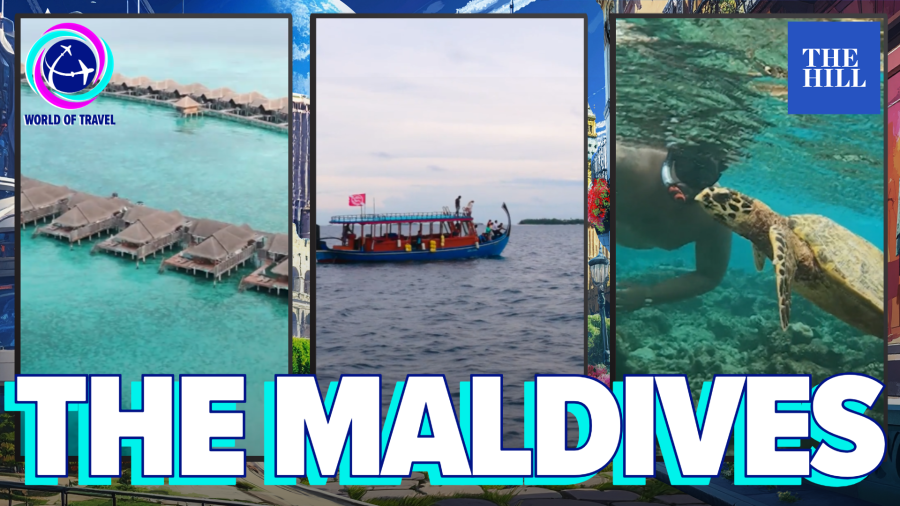
The Maldives is often presented as a perfect image of turquoise water and overwater villas, but what most travelers experience today is the product of only five decades of development.
Until the 1970s, the islands functioned primarily as fishing communities with no international air routes and no meaningful infrastructure for visitors. The airstrip on Hulhulé Island was barely commercial, and the Maldives was considered too remote for international tourism.
That changed when hoteliers and investors began building hospitality from the ground up. In the 50 years since, the Maldives has become a destination that receives more tourists annually than its own population. Tourism is now central to the country’s economy, accounting for nearly 40 percent of its GDP.
Reaching the Maldives still feels like an experience within the experience. After arriving in Malé, travelers typically board a seaplane to reach individual islands, and sometimes continue by boat to their final resort. The transfers are part logistics and part reveal, offering a clear view of how geographically scattered and intimate the atolls are.
The World of Travel team visited two properties that illustrate the range of what modern Maldivian tourism has become: Anantara Kihavah Maldives Villas and Raffles Maldives Meradhoo, the southernmost resort in the country. These locations are engineered for quiet, high-end stays where most guests rarely leave the property. The model caters to honeymoons, family escapes and travelers looking for total disconnection from everyday life.
But the setting is more than scenery. The Maldives is literally built on coral, supported by more than 2,000 reef formations that serve as the physical foundation for the islands. Those reefs are increasingly at risk. Marine ecosystems across the country have been stressed by warming seas, bleaching events and the footprint of tourism itself.
At Raffles, resident marine biologist Amandine explained in an interview that sustaining the Maldives requires responsible behavior from visitors as well as operators. She encourages guests to treat the environment “like your mother is watching,” by using reef-safe sunscreen, avoiding direct contact with coral, limiting single-use plastics and supporting conservation programs.
Many eco-conscious resorts, including Raffles and Anantara, now offer reef-restoration and coral-planting initiatives to rebuild damaged sections of the reef.
Culture extends well beyond the resort walls. In Hoadedhdhoo, in the southern atolls, local residents describe how the Maldives transitioned from a Buddhist nation to an Islamic one in the 12th century. Today Islam is the state religion, shaping the social rhythm of daily life. The call to prayer is heard across the islands and many shops briefly close afterward.
The modern Maldives is not only a postcard destination. It is a country balancing economic growth with environmental vulnerability and a unique cultural identity that predates tourism altogether.
Understanding this wider context reveals the Maldives as more than a backdrop for leisure — it is a living nation built on fragile ecosystems that now depend on both hospitality and protection.
EDITOR’S NOTE: Lindsey Granger and Kolyn Boyd are the co-creators of “World of Travel,” a series that explores the past, present and future of extraordinary places around the globe. You can watch the episode on Maldives here (CAN ADD HYPERLINK ONCE ANDY SHARES), and future episodes each Wednesday at 4 p.m. EDT on The Hill’s YouTube page.
Lindsey Granger is the co-host of “Rising.” Kolyn Boyd is a film director based in Washington, D.C. Catch complimentary podcasts every Thursday at 4 p.m. on The Hill’s YouTube channel.
The Maldives episode of “World of Travel” in Maldives was sponsored by Anantara Kihavah Maldives Villas and Raffles Maldives Meradhoo.

